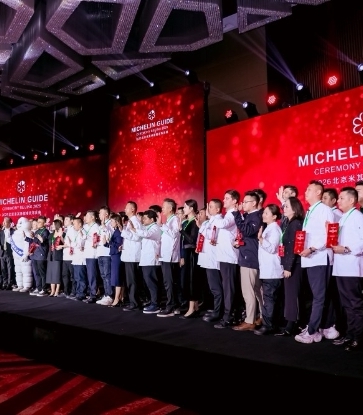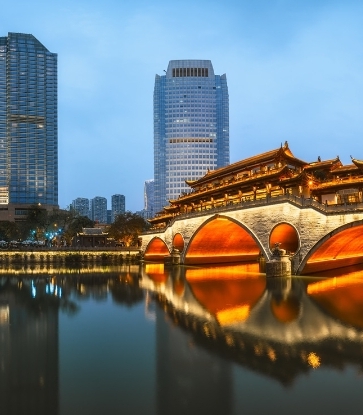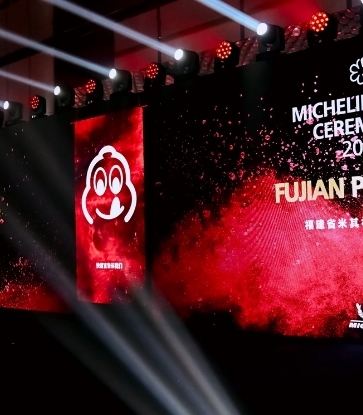About 2,000m above sea level sits one of the highest vineyards in the world. Deep in the mysterious and tranquil land known as Shangri-La, master French winemaker Maxence Dulou endeavours to combine his winemaking prowess with the essences of the air and soil there, in order to create an ethereal nectar.
Shangri-La literally means “the sun and moon in the heart”. Dulou happily left his home in Bordeaux for this near-paradise where the nature manifests itself at its best, from the stars in the sky to the running streams and rivers.

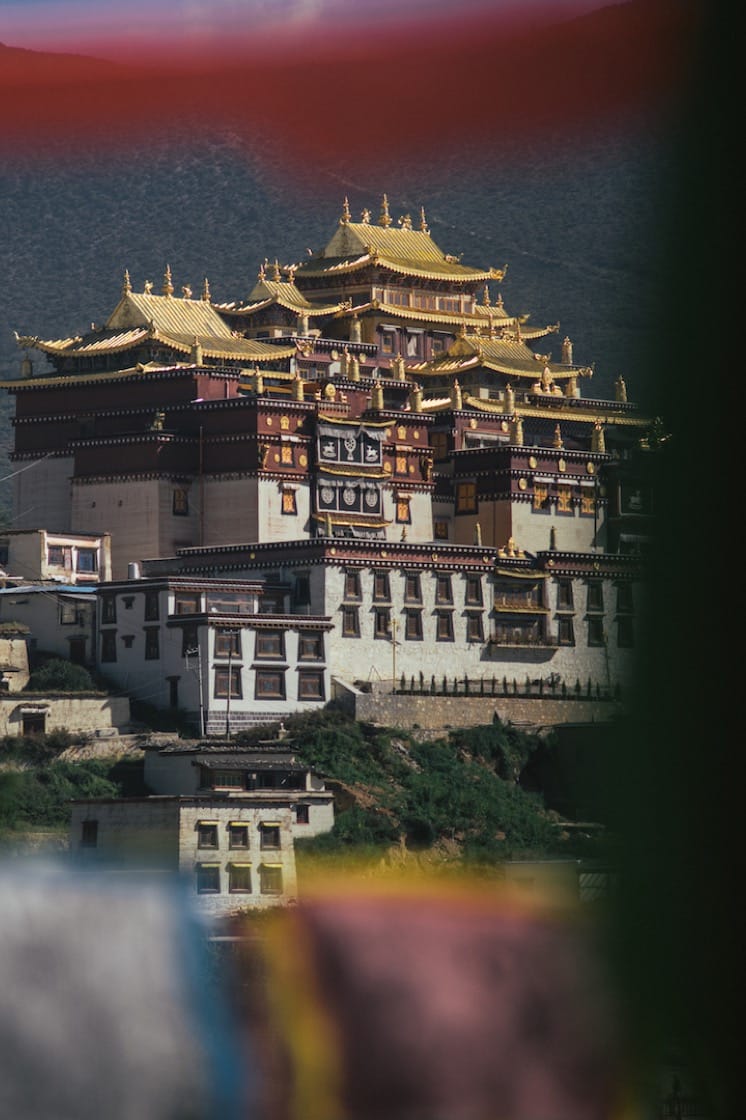
Besides working in a foreign land, the daily life there proved to be an immense hurdle, especially with the language barrier and cultural differences.
Living in the ancient town of Dukezong in Yunnan Province, China, with his wife and two children, Dulou travels long distances to get to the vineyard, often not being able to return home for days.
One of the most trying incidents occured in 2014, when a fire devastated Dukezong. The lack of water put all the residents’ lives in danger. The Dulou family luckily escaped thanks to the help of his colleagues.
Yet, all these hardships did not deter Dulou.
“It’s every winemaker’s dream to discover a new terroir and create a great wine out of it. For me, Shangri-La is a dream come true. The landscape and the Tibetan culture around here are fascinating too. It’s really a rare opportunity,” he said.
His work finally bore fruit in 2016, when the first batch of vintage wine Ao Yun 2013 was launched. Ao Yun being a small production of 2,000 cases doesn’t diminish how much it means to Dulou, not after overcoming all the problems he experienced.
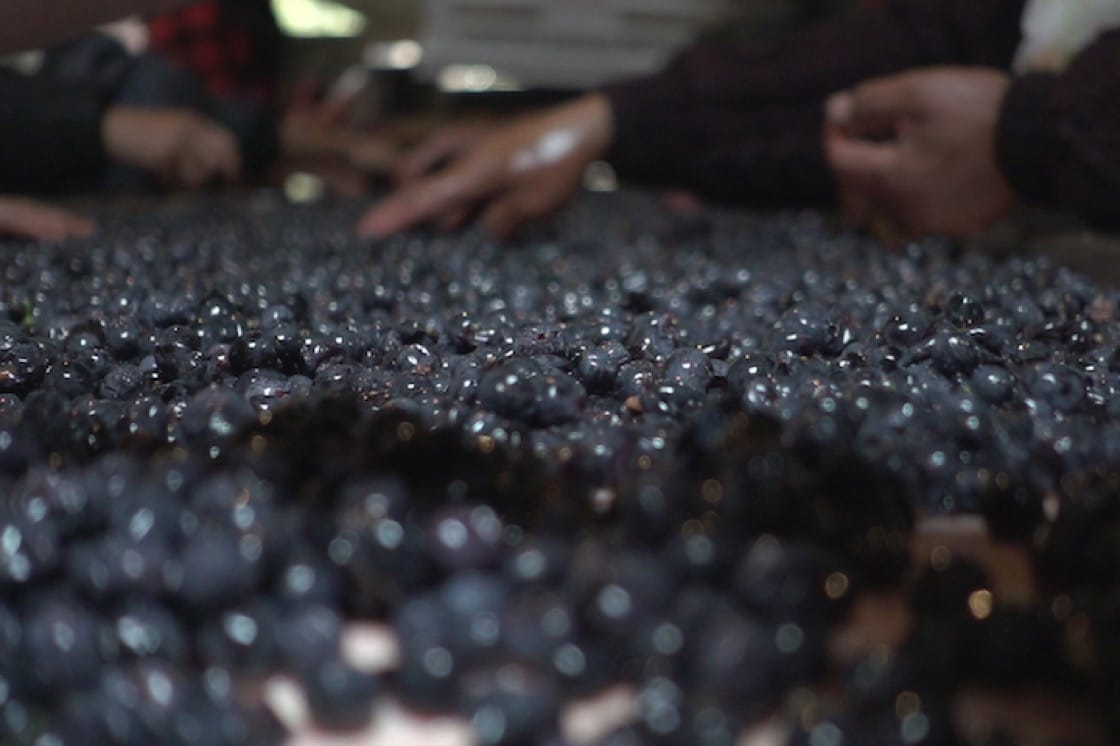
Though separated by thousands of kilometres, Shangri-La has an unexpectedly similar terroir to Bordeaux. The mountain climate is characterised by a sharp contrast in temperature between day and night, and low humidity, both beneficial for the cultivation of grapes. The biggest difference between the two locations is the fewer hours of sun Shangri-La receives, which makes the fruits to grow more slowly. In a way, it’s a blessing in disguise. The extra 40 days the grapes spend on the vine allow them to fully develop their phenols, acidity and sugar content.

The varieties of grapes grown in the vineyard include Cabernet Sauvignon, Cabernet Franc, Merlot and Petit Verdot. Dulou plans to extend the types of grapes he grows.
“The terroir here is like a combination of the old and new worlds. The biggest challenge for us is we don’t know enough about the natural environment here,” he explained.
The Way Of Shangri-La
The whole vinification process is completely done by hand at the Moët Hennessy Shangri-La Winery. The estate, with an area of 28 hectares, spreads across four villages and relies on local Tibetan workers.
“Right now, there are 120 Tibetan families working here. Everything is done by hand without any help from machinery,” Dulou said.

Trimming the vine branches by hand, irrigation with the melted mountain snow and transportation via the native yaks are some highlights of the organic winemaking approach of Dulou’s vineyard. The winemaker has tremendous respect towards this traditional way of life.
“Farming is the trade of the Tibetans. They feed their animals with the produce they grow and, in turn, use the animals to help them grow the plants. It follows the nature’s order and we are trying to do everything we can to maintain this lifestyle,” Dulou noted.
Since last year, Dulou has been focusing on promoting his Ao Yun 2014 around the world. He’s very satisfied with this vintage composed of 90% Cabernet Sauvignon and 10% Cabernet Franc.







